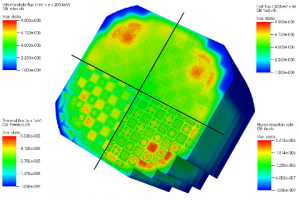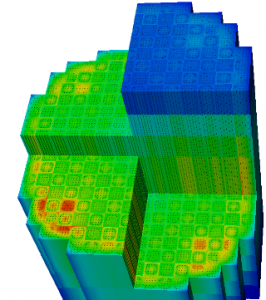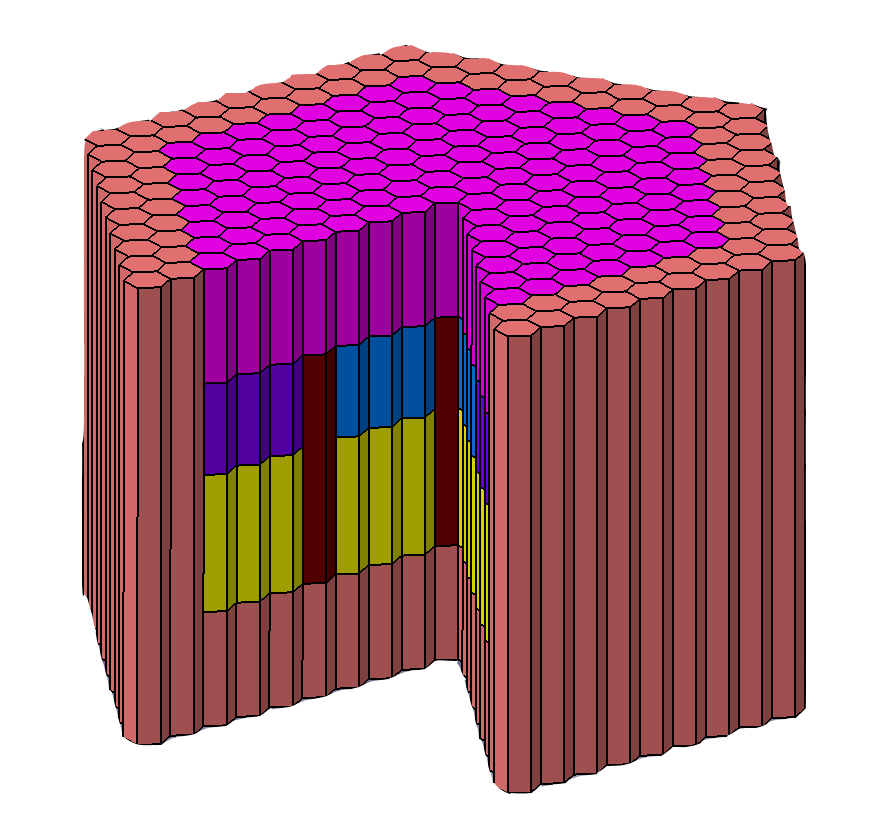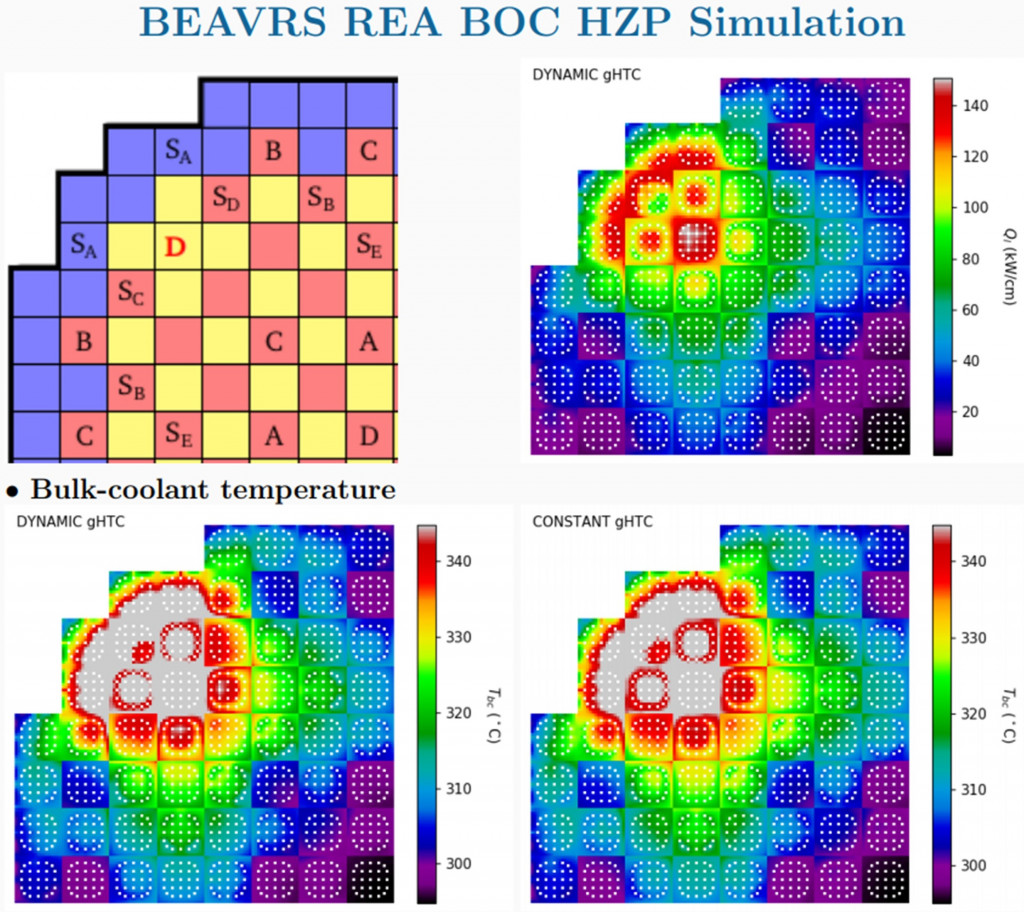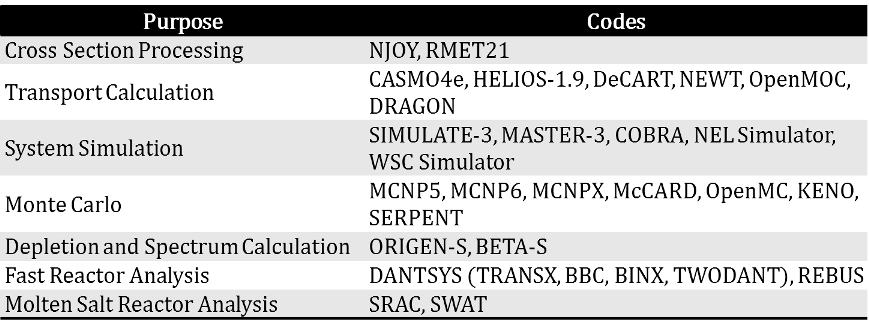Nuclear Reactor Physics
UNIST CORE (COmputational Reactor physics and Experiment laboratory) is an academic laboratory dedicated to the research in nuclear reactor physics. The laboratory actively develops theoretical methods and computer codes to tackle neutron transport and diffusion theory in all its aspects: collision with medium, slowing-down, scattering, absorption, nuclear fission, chain reaction, secondary particle production and nuclide transmutation. The laboratory manages the knowledge required for reactor core design, analysis and operation and conducts studies in the fields of criticality, reactivity feedback and reactivity control, reactor kinetics, nuclear fuel depletion, perturbation theory, deep-penetration shielding, steady-state and transient simulations, reactor design and safety analysis, and many more.
유니스트 원자로물리연구실은 원자로물리에 대하여 연구하고 있습니다. 원자로물리란 중성자 수송이론 및 확산이론을 기초로 원자로 내에서 중성자의 거동 즉, 매질과 충돌, 산란, 흡수, 핵분열 및 연쇄 반응 등을 연구하고, 중성자의 시공간 및 에너지 분포를 예측 및 제어하는 방법을 연구하는 공학의 한 분야입니다. 임계, 반응도 제어, 중성자 감속, 중성자 확산이론, 중성자 수송이론, 동특성, 반응도 궤환 등 원자로 설계, 해석 및 운전에 필요한 지식을 다룹니다. [네이버 지식백과] 원자로물리학 [Nuclear reactor physics] (학문명백과 : 공학, 형설출판사)





